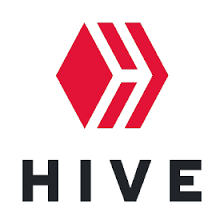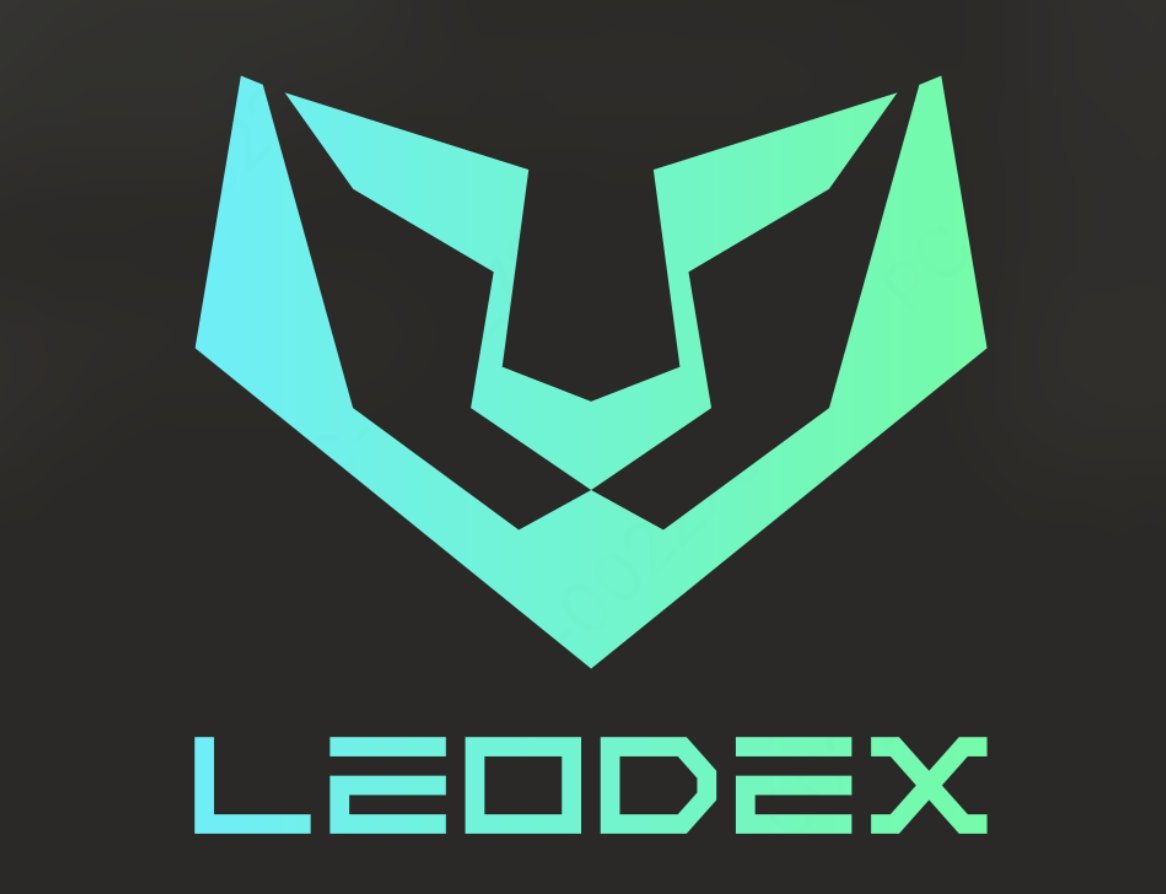Introduction: N.E.I.
- This term was introduced by Khal at a recent AMA and I have done some research on the term and then wrote down my understanding, as this is how I learn, read, speak, write, undertsand.
Net economic inflow...
... is a broad term that generally refers to the net movement of financial resources into an economy from the rest of the world. While not a standardized technical term in economics like "net capital inflow," it broadly encompasses the various ways an economy gains financial resources from abroad.
Understanding the Core Concept: Inflows vs. Outflows
-
At its heart, net economic inflow is about the balance between: Inflows: Money and investment coming into a country. Outflows: Money and investment going out of a country.
-
When inflows are greater than outflows, there is a positive net economic inflow.
- When outflows exceed inflows, there is a net economic outflow.
Key Components of Economic Inflow
- The concept of net economic inflow is best understood by looking at its primary component, net capital inflow.
- Net capital inflow is the difference between the total inflow of foreign capital into a country and the total outflow of domestic capital to other countries.
- This is a crucial measure of an economy's interaction with the global financial system.
The main components of net capital inflow include:
-
Foreign Direct Investment (FDI): This is when a foreign entity invests in a lasting interest in a domestic business. This often involves a significant degree of influence over the company. Examples include a foreign company building a factory in the U.S. or acquiring a substantial stake in an American company.
-
Portfolio Investment: This involves the purchase of securities like stocks and bonds. Unlike FDI, portfolio investments do not typically involve a controlling interest in the company. An example is a foreign investor buying shares of a U.S. company on the stock market.
-
Other Investments: This category includes various other financial transactions, such as loans, currency deposits, and trade credits.
Calculating Net Economic (Capital) Inflow
The basic formula is: Net Economic Inflow (approximated by Net Capital Inflow)=Total Capital Inflows−Total Capital Outflows
Capital Inflows: Foreign investments in the domestic economy. Capital Outflows: Domestic investments in foreign economies.
What Does Net Economic Inflow Signify?
A positive net economic inflow can indicate several things about an economy:
-
Investor Confidence: It often signals that foreign investors have confidence in the country's economic prospects and stability.
-
Attractive Investment Climate: High real interest rates, a stable political environment, and strong economic growth can attract foreign capital.
-
Financing for Investment: Inflowing capital can provide the necessary funds for domestic investment in infrastructure, technology, and business expansion, especially in developing countries.
-
Currency Appreciation: A high demand for a country's assets can lead to an increased demand for its currency, causing it to appreciate in value.
Conversely, a sustained net economic outflow can suggest a lack of confidence in the domestic economy, potentially leading to currency depreciation and slower economic growth.
Relationship with the Current Account
- In international economics, there is an important relationship between net capital inflow and the current account (which primarily measures the trade balance of goods and services).
- A country with a current account deficit (importing more than it exports) must have a capital account surplus (a positive net capital inflow) to finance its spending. In essence, the net inflow of foreign capital helps to pay for the excess of imports over exports.
Now apply this concept to a business or ecosystem like Hive.
-
While "net economic inflow" is a macroeconomic term for countries, we can apply the same core principles to a single business to analyze its financial health and strategy.
-
For a business, the equivalent concept is Net Financial Inflow or Net Capital Inflow. It measures the difference between the capital a business raises from external sources and the capital it invests or returns to its providers.
Let's break this down.
The Basic Idea for a Business
- Think of a business as its own mini-economy. It has money coming in and money going out, not just from selling products, but from financing and investment activities.
- Inflows: Money the business receives from outside investors and lenders.
- Outflows: Money the business spends on major investments or returns to those who provided the capital.
- Net Financial Inflow = Total Capital Inflows - Total Capital Outflows
Components of Inflows (Money Coming IN)
- A business brings in external capital primarily through two channels:
-
- Equity Financing: Selling ownership in the company.
-
- Venture Capital/Angel Investors: A startup raises millions from investors to fund its growth.
-
- Initial Public Offering (IPO): A private company sells shares to the public for the first time.
-
- Secondary Offerings: An already-public company issues and sells more stock.
-
- Debt Financing: Borrowing money that must be paid back, usually with interest.
-
- Bank Loans: Securing a loan for a new building or equipment.
-
- Issuing Bonds: Large corporations sell bonds to investors, promising to pay them back with interest over a set term.
-
- Lines of Credit: Establishing a flexible credit facility to manage short-term cash needs.
Components of Outflows (Money Going OUT)
- A business sends capital out for strategic financial reasons, including:
-
- Capital Expenditures (CapEx): Investing in its own long-term assets to grow or maintain the business.
-
- Building a new factory.
-
- Buying a fleet of delivery trucks.
-
- Upgrading its entire computer network and servers.
-
- External Investments & Acquisitions: Using its cash to buy assets outside of its core operations.
-
- Mergers & Acquisitions (M&A): Buying another company to gain market share or technology.
-
- Portfolio Investments: A company like Apple using its massive cash reserves to buy bonds or other financial assets.
-
- Returning Capital to Providers: Paying back its investors and lenders.
-
- Dividends: Paying a portion of profits to shareholders.
-
- Stock Buybacks: Using cash to purchase its own shares from the market, which increases the value of the remaining shares.
-
- Debt Repayment: Paying back the principal on its loans and bonds.
What It Means for the Business: Two Scenarios
- The net financial inflow tells a story about the company's current strategic phase.
Scenario 1: Positive Net Financial Inflow (A Growth Story)
- Imagine a young tech startup, "FutureGadgets Inc." -- Inflows: Raises $50 million from a venture capital firm.
-
- Outflows: Spends $10 million on new R&D labs (CapEx).
-
- Net Inflow: $50M - $10M = +$40 million
Interpretation:
- FutureGadgets is in a growth phase. It is actively seeking and receiving outside capital to fuel its expansion.
- This positive inflow signals investor confidence in its future potential.
- The cash isn't coming from sales (operations) but from financing, and it's being used to build the company's foundation.
Scenario 2: Negative Net Financial Inflow (A Maturity Story)
Now, let's look at a large, established company, "Global Motors Corp." - Inflows: Takes on $0 in new equity or major debt. - Outflows: - - Pays $1 billion in dividends to shareholders. - - Spends $2 billion to buy back its own stock. - - Acquires a smaller parts supplier for $500 million. - - Net Outflow: $0 - ($1B + $2B + $500M) = -$3.5 billion
Interpretation:
- Global Motors is a mature and profitable company. It generates so much cash from its operations that it doesn't need external financing.
- Instead, its priority is to return value to its shareholders through dividends and buybacks and to grow strategically through acquisitions.
- A large net outflow here is a sign of financial strength and stability.
Last Words
- II have attempted to show how applying the concept of net inflow to a business provides a powerful snapshot of its financial strategy—whether it's raising capital to grow, or deploying its profits as a mature market leader.
- This information is typically found in the "Cash Flow from Investing Activities" and "Cash Flow from Financing Activities" sections of a company's Statement of Cash Flows.
- Do you have a business?
- Apply some of these ideas to your business!
- i applied this to some of my activities which generate cash flow and it made me rethink how I allocate my time and effort, as those things which generate the least cash flow per time allocated are not efficient uses of my time if I want maximum money per time unit invested, but also should be seen as taking time away from profitable endeavers. So the low profit items need to be automated until they can generate enough income to be worth investing time in again.
The End
@Shortsegments

Thank you for reading my post

This post was written by Shortsegments, who has been writing about cryptocurrency, the blockchain, digital ledgers, bitcoin, ethereum, and decentralized finance for seven years. You will find his articles here on his blog Link to his blog.
#
## Learn more about Hive at the Hive FAQ Page Link

## Join Hive for Free Link

Inleo

This was published on the social community called Inleo, a monetized social media community. A Social Media Platform where Likes become Money
Open an account for free and choose your name
JOIN4FREE.
Once you join Tag me by typing #shortsegments at the bottom of your thread or post, and I will find your post, and I will reward you for joining our community with my referral link.
.

Leodex Decentralized exchange
Where cross chain swaps are made easy; the exchange does all the work of trading across one or more blockchains, so you don't have to!

- ⚡️ LeoDex: Your Portal to Profit! ⚡️
Use My Referral Code/Link for a Ten Percent Discount on all Trades!!
Use my secret referral code LeoDex.io/?ref=shorty for a whopping 10% discount on trades!

Posted Using INLEO

